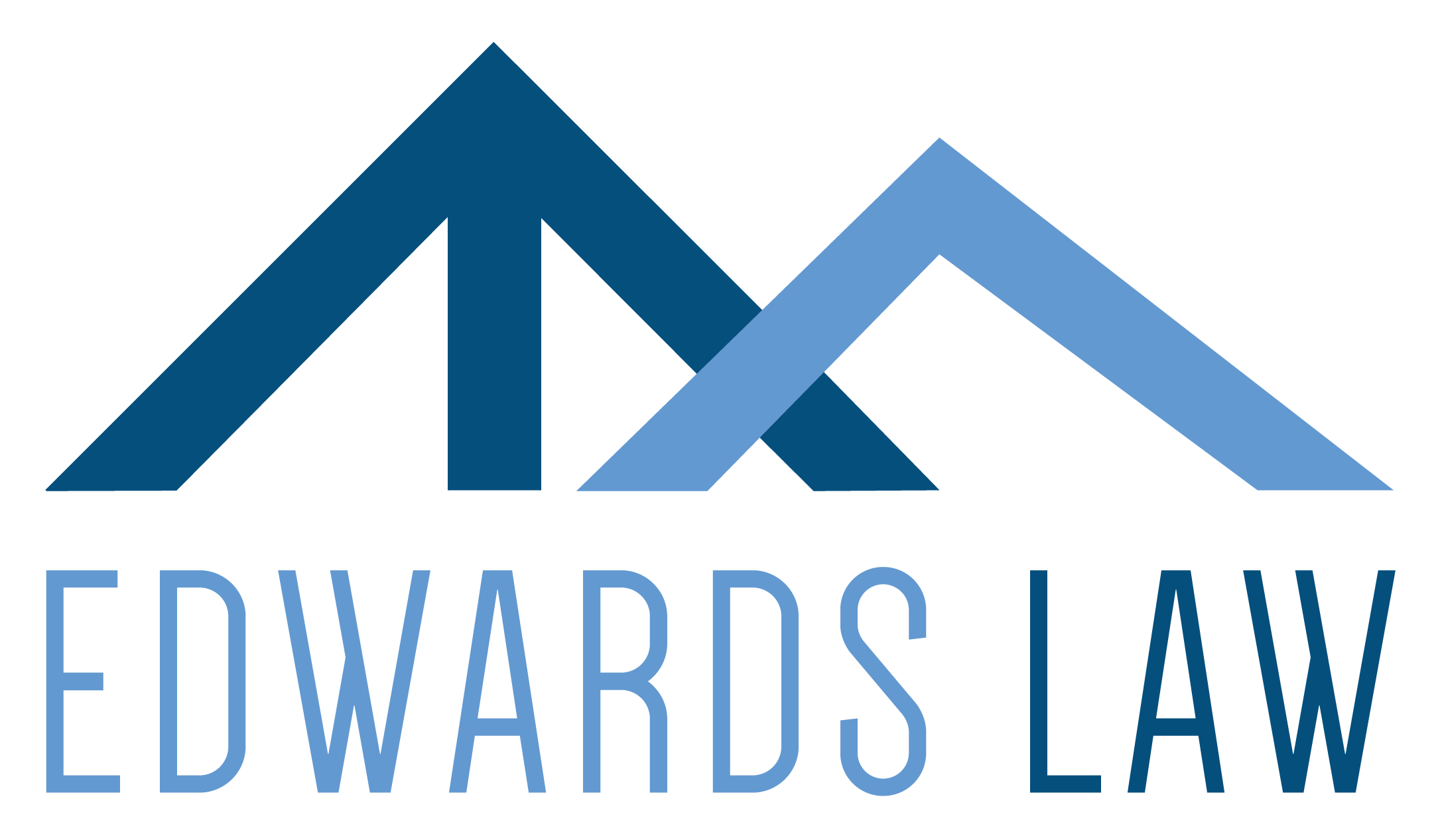
20 May Litigation Planning Part Two: Legal Project Management
In our previous blog we discussed the importance of litigation planning, so that you and your business are prepared in the event your business is sued, or your business must sue another company to enforce a contract. In this blog, we delve into legal project management a little further, to show you how to use and direct your lawyer more effectively in the midst of litigation.
What is Legal Project Management?
Legal project management focuses on the main steps in a legal project, with the task of providing coordination among the project members, teams, and workflow streams to keep everything moving efficiently toward the final goal. Depending on the size of the business and the size of the litigation, this task can be daunting. There are companies whose sole purpose is to provide legal project management to other businesses.
Two Approaches: Traditional/Waterfall & Agile
cccTraditional
Traditional project management uses the waterfall principle, which must be adapted to address the unique characteristics of legal matters, because legal matters are so fluid with constantly changing facts, parties and case law. Using the waterfall principle, the project manager works with his or her team to define and sequences the project’s steps, from beginning to end. While some steps may occur concurrently, traditional waterfall project management assumes that each step must be completed before the next step is begun. There is also typically a “stage gate” between each, as design requirements must be reviewed and approved by the client before the next step can begin.

This is a great approach when the matter or project has a highly-predictable path, and few variables are at play. Using this approach, you and your lawyer can agree on what will be delivered early in the planning and design phase, and progress is easily measured, as the full scope of the work is known in advance. Except for reviews, approvals, status meetings, etc., your presence is not strictly required after the planning and design phase.
xxxAgile
The agile project management approach is a new approach used by software companies to better address the constantly evolving nature of their work, and can be very effectively applied to the legal industry. In contrast to the traditional waterfall approach, agile project management uses a series of short mini-projects, called “sprints,” to move a project from start to finish. The team first sets overall goals for the project, and then sets goals for the first sprint; runs the sprint; sets new goals near the end of the first sprint; and then repeats this process of goals and sprints as the project moves forward.
The process is very fluid, allowing the team to drop and add goals along the way as necessary.

Using the agile method, your lawyer can implement a project management approach tailored to your business’s legal matters. Your legal team can be more efficient with the agile method, by holding off on a task until it is clear that the litigation will proceed to the next step. Take mediation preparation for example. If your legal project manager can successfully adapt this project management approach to the evolving discovery process, then he or she can efficiently schedule mediation preparation work at the appropriate time in the project, without wasting your company’s precious time and resources.
Your attorney and her team should have the training and experience to apply the principles of both traditional and agile project management, and apply the principles of both where and when necessary. Your attorney should also have an expert grasp on how legal matters function, and be prepared to manage numerous processes with many moving parts, and implement technology tailored to legal matters. For example, for a one-off lawsuit, your attorney should (1) establish the first steps for the litigation, focusing on your business’s goals, as discussed in our last blog; (2) identify goals for the first steps of the litigation, a timetable for completing those steps, and the resources needed (people and money) to complete those steps; and (3) keep the team on track with periodic, brief meetings to assess the process on current steps and goals for the next steps. As the course of litigation changes, your legal team can use the agile principles of project management to adapt quickly, because each step of litigation has only a short duration.
Also, depending on the size of the legal project, your lawyer should consider retaining a project management consultant, with certifications such as Project Management Professional (PMP) or agile certification through the Project Management Institute (PMI).
If you or your company are embroiled in litigation or are about to be, call Edwards Law today to see if their project management team can help add some certainty to what can be a very unpredictable and scary process.


No Comments